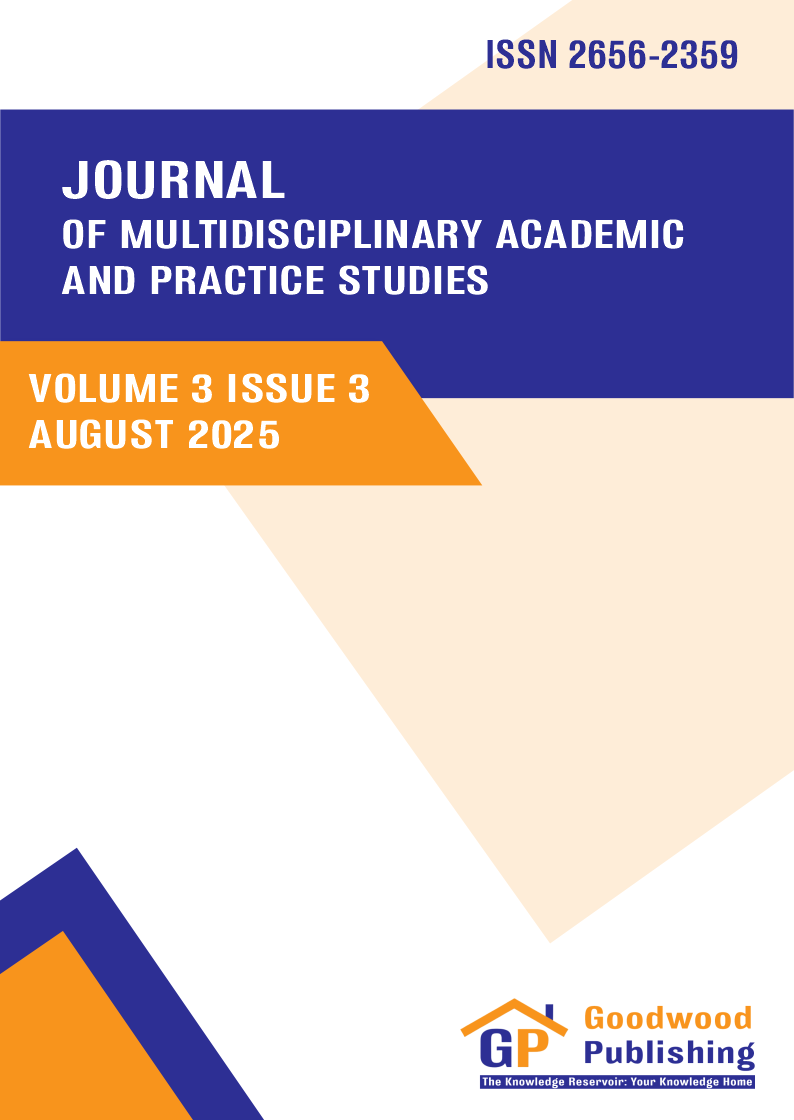Analysis of the effect of the Family Hope Program on extreme poverty in Mimika District
Abstract:
Purpose: This study aims to analyze the impact of the Family Hope Program (PKH) on alleviating extreme poverty in Mimika District. The main focus is to assess the effectiveness of government social assistance in reducing the number of extremely poor families using a panel data approach.
Research methodology: Using panel data analysis methods through Fixed Effects (FE) and Random Effects (RE) models. The selection of the FE and RE models is based on the consideration that panel data allows for controlling unobserved heterogeneity between observation units. The Hausman test will be used to determine the most appropriate model between FE and RE. Data processing in this study was carried out using Eviews version 7.2.
Results: Social assistance through PKH has a significant effect on reducing extreme poverty in Mimika District.The number of extremely poor families decreased from 3,709 families in 2022 to 2,691 families in 2024. Regression results indicate that every increase in PKH assistance contributes to a decrease in the number of extremely poor individuals.The program's effectiveness varies across districts, especially in remote areas with poor infrastructure.
Conclusions: The Family Hope Program (PKH) has proven effective in helping to reduce extreme poverty in Mimika District. The conditional assistance provided through PKH has improved the welfare of beneficiary families, although its effectiveness differs across regions depending on infrastructure and access to basic services.
Limitations: The variation in program effectiveness across districts indicates limitations in infrastructure and access to basic services (education and healthcare), which affect program success.This study does not deeply explore local social, cultural, and economic factors that may also influence program outcomes.
Contribution: Provides empirical evidence on the effectiveness of conditional social assistance (PKH) in reducing extreme poverty in underdeveloped regions. Offers policy recommendations for local governments to better allocate and optimize social assistance programs based on infrastructure conditions and access to public services in each district.
Downloads

This work is licensed under a Creative Commons Attribution-ShareAlike 4.0 International License.

